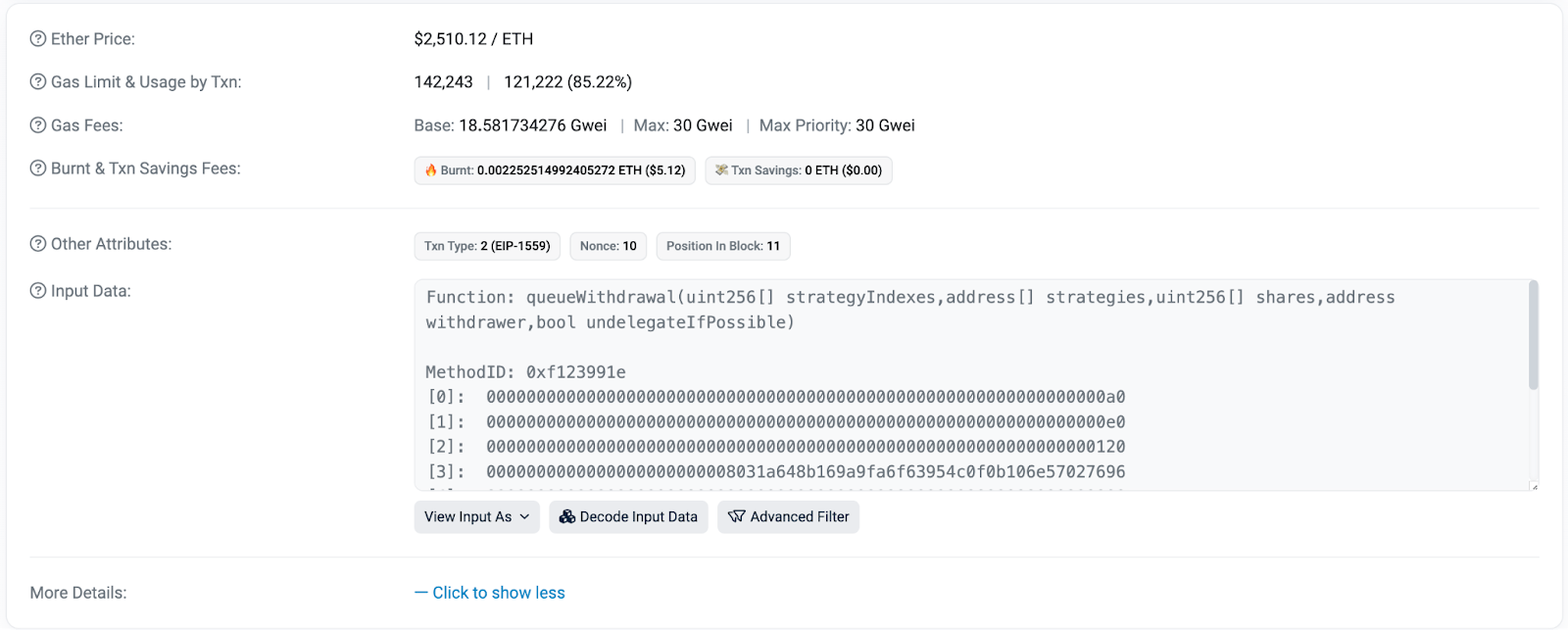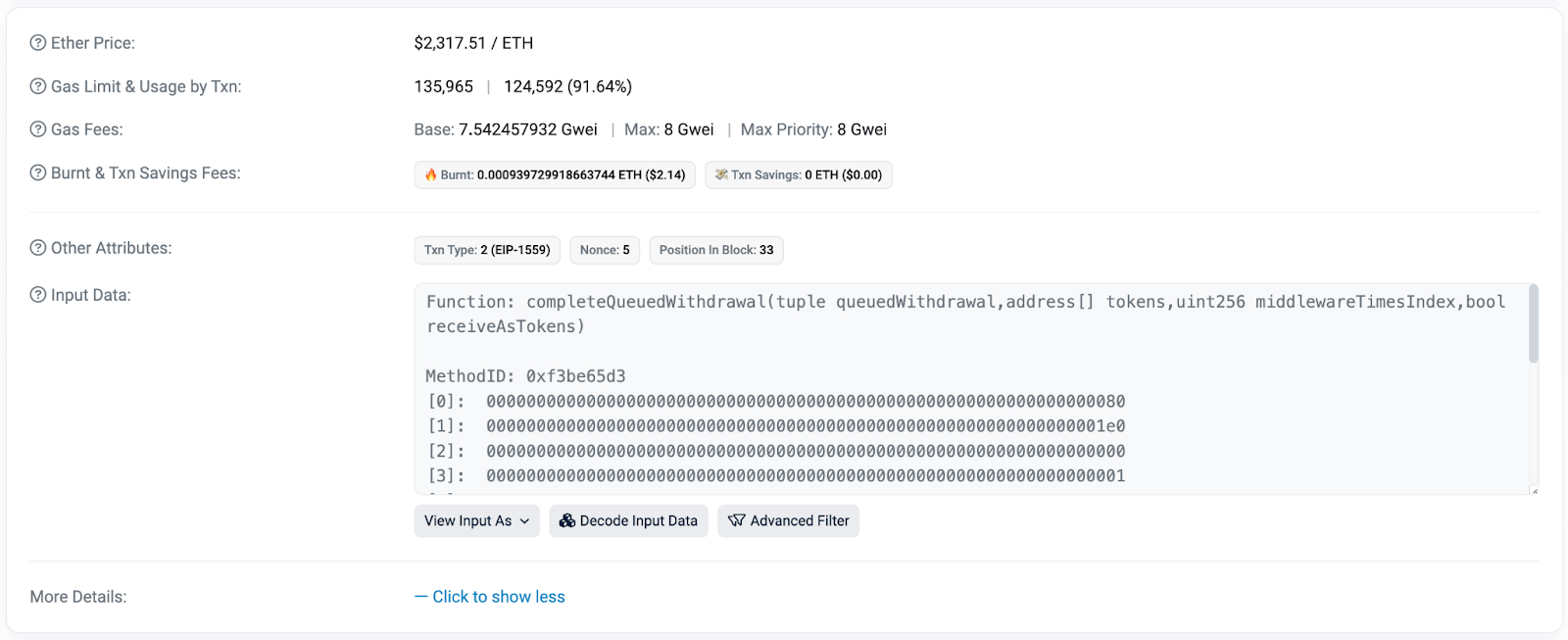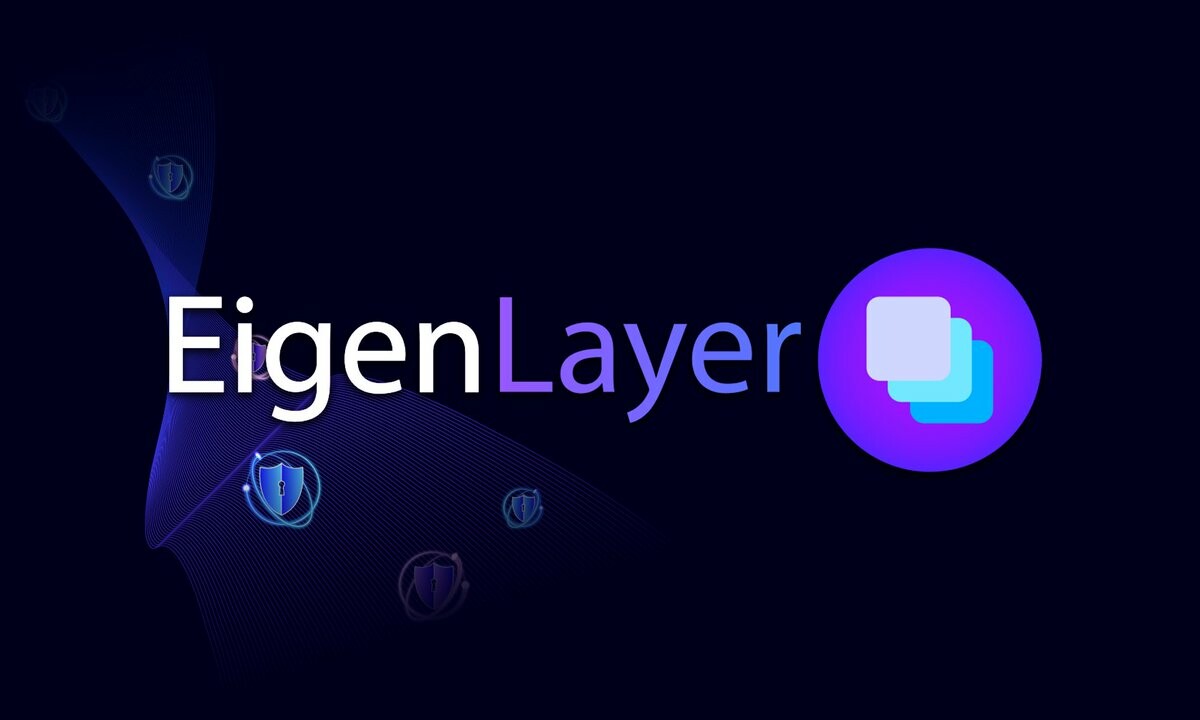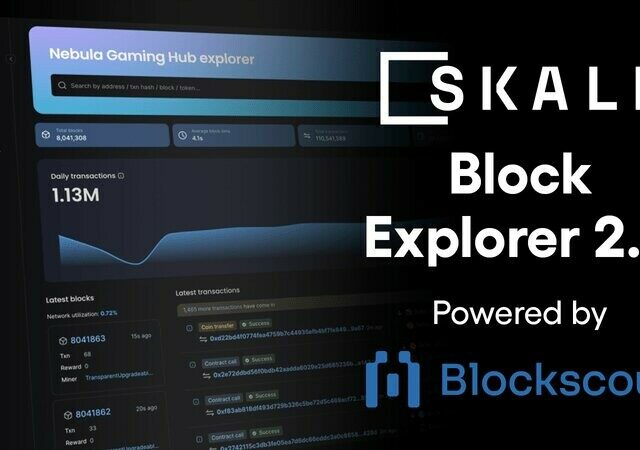- Explore restaking and EigenLayer protocol, enhancing Ethereum security and enabling users to leverage staked assets in multiple ways.
- Learn about approval farming attack through EigenLayer’s queueWithdrawal mechanism, highlighting the need for proactive security measures.
- Mitigate risks by understanding the attack mechanism, withdrawal process, and exploiting security tooling, and join efforts with Blockaid to protect decentralized finance.
In an evolving digital landscape, the emergence of sophisticated attack vectors poses a significant threat to the security of blockchain applications and the integrity of digital assets. The recent discovery of a novel attack method by the Angel Drainer Group, exploiting the queueWithdrawal mechanism in the EigenLayer protocol, marks a critical point in our ongoing battle against cyber threats. This article delves into the intricacies of the attack, the principles of restaking, and the proactive measures being implemented to shield users from potential vulnerabilities.
Understanding Restaking in the Ethereum Ecosystem
Restaking is a groundbreaking feature facilitated by EigenLayer, a protocol designed to enhance the Ethereum network’s cryptoeconomic security. It enables Ethereum stakeholders, including those using liquid staking tokens (LSTs), to reallocate their staked ETH into other applications, thereby leveraging their assets across a broader range of decentralized platforms. This mechanism not only diversifies the utility of staked assets but also contributes to the overall robustness of the Ethereum blockchain.
Deciphering the QueueWithdrawal Attack Mechanism
The Angel Drainer Group, notorious for its innovative cyber-attacks, has unveiled an approval farming technique that manipulates the queueWithdrawal function within the EigenLayer protocol. This method entails a malicious entity obtaining authorization to redirect a user’s staking rewards to an attacker-controlled wallet. This form of approval diverges from the standard ERC20 approve function, necessitating a unique validation process due to the specificities of Ethereum staking.
The Withdrawal Process and Its Vulnerabilities
Ethereum’s withdrawal mechanism is structured to allow only one partial withdrawal every 4-5 days, following a validator sweep. Unstaking from EigenLayer initiates a 7-day escrow period before the release of funds. The novelty of the queueWithdrawal approval method lies in its exploitation by attackers, utilizing the CREATE2 opcode for directing withdrawals to a previously undefined address, thereby complicating the detection of such malicious activities.

Here’s the transaction that occurred 14 days later and resulted in a decrease in funds.

A Comprehensive Response to the Threat
In response to this emerging threat, a multi-faceted strategy has been deployed to secure Blockaid-enabled wallets and decentralized applications (dApps). The implementation of a corrective measure ensures comprehensive protection against this and similar attack vectors. Collaborative efforts with the EigenLayer team are underway to fortify the protocol’s defenses and mitigate the risks associated with this sophisticated attack methodology.
Proactive Measures and Community Engagement
The cornerstone of an effective defense against cyber threats is the proactive identification of vulnerabilities and the implementation of robust security measures. Users and developers are encouraged to engage with security providers like Blockaid to assess the exposure of their digital assets to such attacks. By fostering a culture of vigilance and cooperation, the web3 community can significantly enhance its resilience against adversaries.
Conclusion
The advent of the queueWithdrawal attack underscores the perpetual arms race between cybercriminals and security practitioners within the blockchain ecosystem. As we navigate this complex landscape, the collective efforts of developers, users, and security experts are paramount in safeguarding the integrity of digital assets. Through continuous innovation, collaboration, and education, we can anticipate and counteract the evolving tactics of malicious actors, ensuring a secure and prosperous future for decentralized technologies.
Disclaimer
The information provided in this article is for informational purposes only and should not be considered financial advice. The article does not offer sufficient information to make investment decisions, nor does it constitute an offer, recommendation, or solicitation to buy or sell any financial instrument. The content is opinion of the author and does not reflect any view or suggestion or any kind of advise from CryptoNewsBytes.com. The author declares he does not hold any of the above mentioned tokens or received any incentive from any company.
image source




